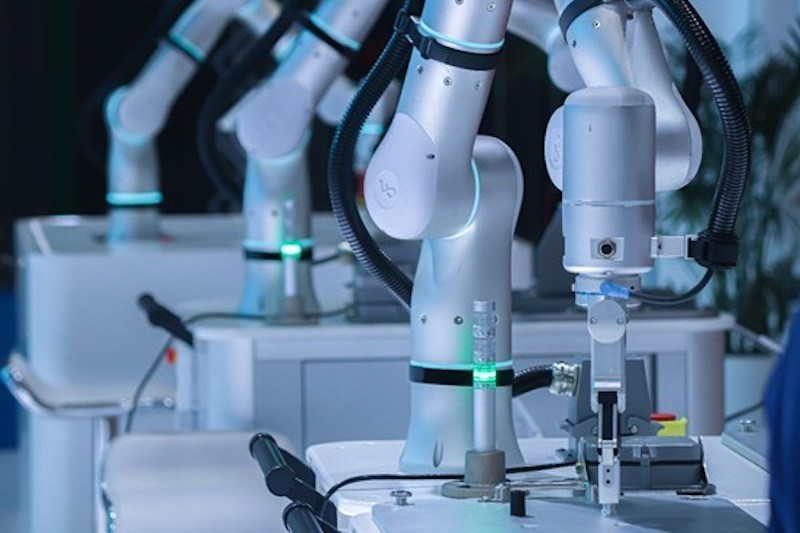Robotics is a sphere of artificial intelligence that deals with the study of creating intelligent and effective robots. Robots are artificial agents operating in real- world surroundings. Robots end to free the pool from repetitious tasks without getting wearied, distracted, or tired by seeing, picking, moving, changing, destroying, or else impacting the physical parcels of objects. Robotics is a branch of AI, which combines electrical engineering, mechanical engineering, and computer wisdom for the design, construction, and operation of robots. You can find out here the real ai robot and its technology so visit here if you are interested in it.
Aspects of Robotics
- Robots have a mechanical construction, shape or form designed to negotiate a specific task.
- They contain electrical factors that power and control ministry.
- They contain some position of computer programming that determines what, when and how the robot does.
Robot locomotion
Locomotion is a medium that enables a robot to move through its terrain. There are different types of locomotion’s.
- Legged
- Wheeled
- A combination of lawful and wheeled locomotion
- Tracked slip/ descent
- Locomotion with legs
This type of locomotion uses a lot of power by performing walks, jumps, trots, hops, climbing or descending, etc. It requires a large number of motors to negotiate one movement. It’s suitable for rough and smooth terrains where irregular or veritably smooth shells bear further power for wheel movement. It’s a bit delicate to apply due to stability issues.
It comes with one, two, four and six leg variants. However, also collaboration of the legs is essential for movement, If the robot has further than one leg. The total number of possible moves (the interval of lift and release events for each of the total legs) a robot can travel depends on the number of legs it has.

- The number of possible events is N = (2k- 1) If the robot has legs.
- In the case of a two-lawful robot ( k = 2), the number of possible events is N = ( 2k- 1)! = ( 2 * 2- 1)! = 3! = 6.
- Raise the left leg
- Leaving the left leg
- Raise the right leg
- Release the right leg
- Lift both legs together
- Release both legs together
In the case of k = 6 legs, there are 39916800 possible events. So the complexity of the robot is directly commensurable to the number of legs.
Locomotion with legs wheeled locomotion
It requires lower number of motors to complete one movement. This is a bit easier to apply as the stability issues are less with an advanced number of bus. Its power effective compared to leg locomotion. Standard Wheel- The wheel rotates around the axle and around the contact.
Caster Wheel
The wheel rotates around the axle and neutralize steering joint. Swedish 45o and Swedish 90o bus − omni bus, rotate around the contact point, around the wheel axle, and around the breakers are the best ever. Ball or globular Wheel- All- round wheel, technically delicate is to apply.
Wheeled locomotion Slip/ descent locomotion
Vehicles in this order use tracks analogous to tanks. The robot is steered by moving the tracks with different pets in the same or contrary direction. It provides stability due to the large contact area of the track and the ground.
